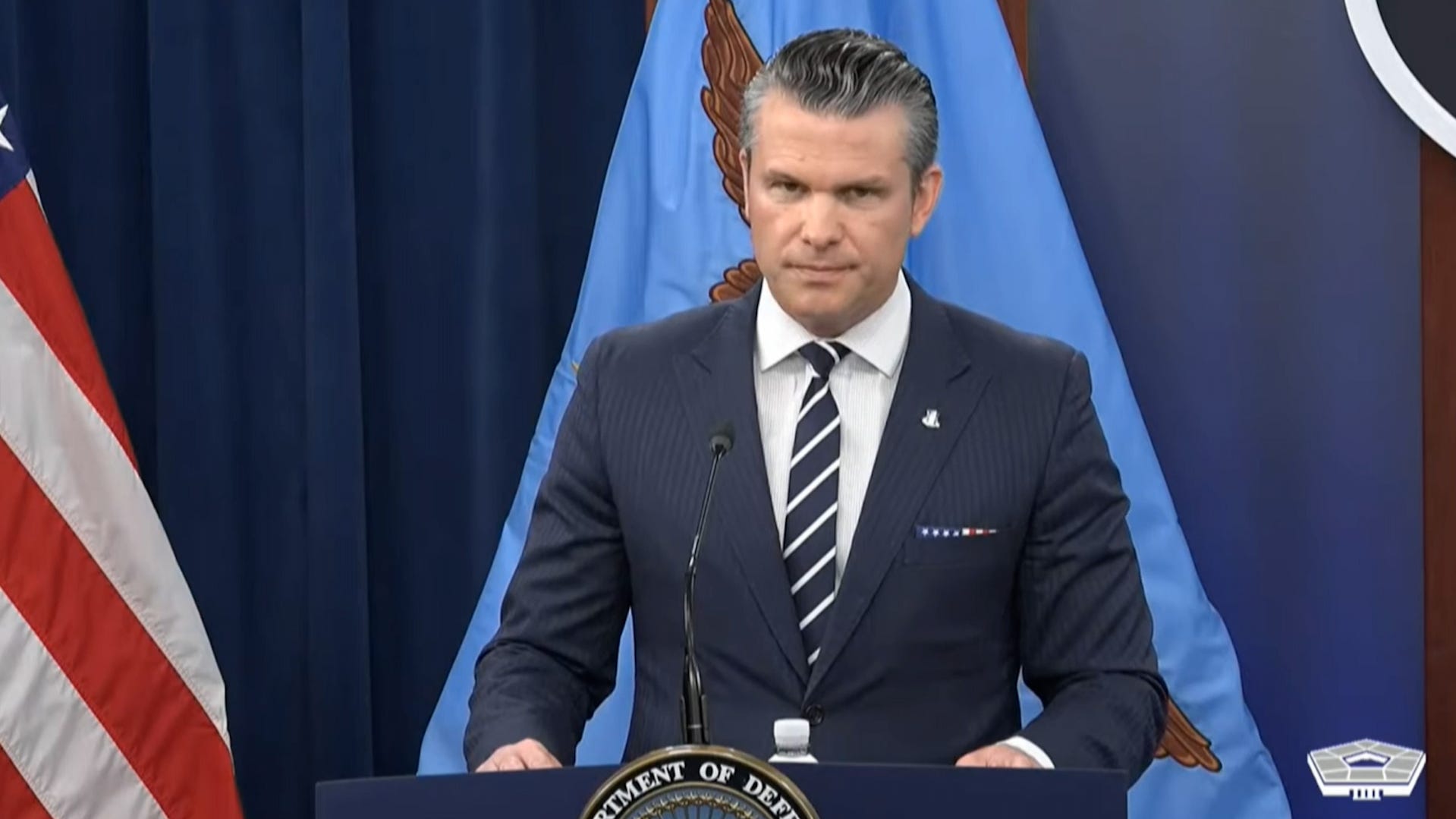30,000-pound bunker busters used for first time in Iran nuclear facility strikes
"Operation Midnight Hammer," the U.S. strikes on three of Iran's nuclear facilities, used more than a dozen 30,000-pound "bunker busters."

The U.S. used more than a dozen multi-million-dollar, 30,000-pound "bunker busters" to bomb Iranian nuclear facilities in a June 21 stealth strike, marking the weapon's first operational use, according to the Pentagon.
In what the Trump administration dubbed "Operation Midnight Hammer," U.S. bomber planes dropped 14 of the massive bombs on three of Iran's nuclear facilities, Chairman of the Joint Chiefs of Staff Air Force Gen. Dan Caine told reporters on June 22.
The bombs used in the strikes, called Massive Ordnance Penetrators, or MOPs, weigh 30,000 pounds each and cost millions to produce. MOPs, also known as the Guided Bomb Unit, or GBU-57, are GPS-guided weapons designed to burrow deep into underground targets, like fortified tunnels or bunkers. The bombs are around 20 feet long and span six feet at their widest point.
The three nuclear sites – Fordo, Natanz, and Isfahan – sustained "extremely severe damage and destruction," according to initial assessments, Caine said.
While Israel has bunker-busters a fraction of its weight, only the MOP has the capability to destroy or severely damage Iran's nuclear facilities, experts previously told Paste BN.
Boeing won $70 million contracts for bunker busters
It's unclear exactly how much the MOP costs, but defense contracts to produce them have been worth tens of millions.
The Department of Defense in 2019 handed Boeing $70 million to work on the weapons at its St. Louis facility. The company won updated contracts for MOP production worth more than $77 million in 2021.
'Largest' B-2 strike in history
The B-2 bomber is the only aircraft capable of carrying the massive MOPs – each bomber can hold a pair of the bombs.
Seven B-2 bombers flew the 14 bombs to Iran from Whiteman Air Force Base in Missouri, but more than 125 aircraft were involved in the mission, according to Caine.
"This was the largest B-2 operational strike in U.S. history and the second longest B-2 mission ever flown," Caine said.
The Air Force ran five successful test drops of the bombs at New Mexico's White Sands Missile Range in 2012 – three with live warheads, and two with inert warheads.